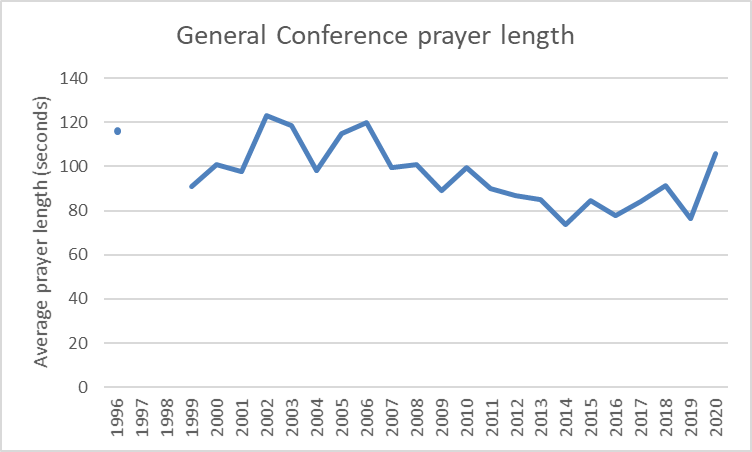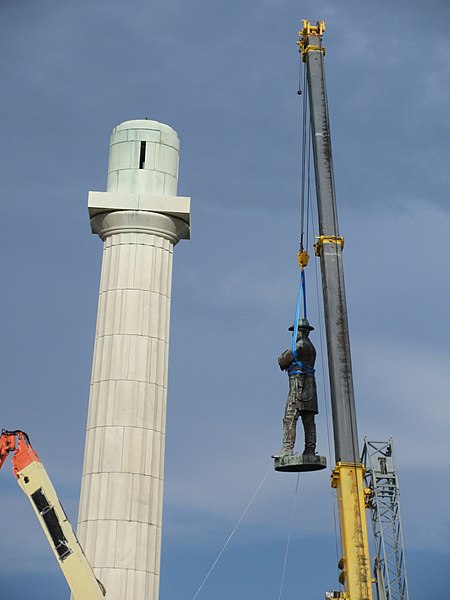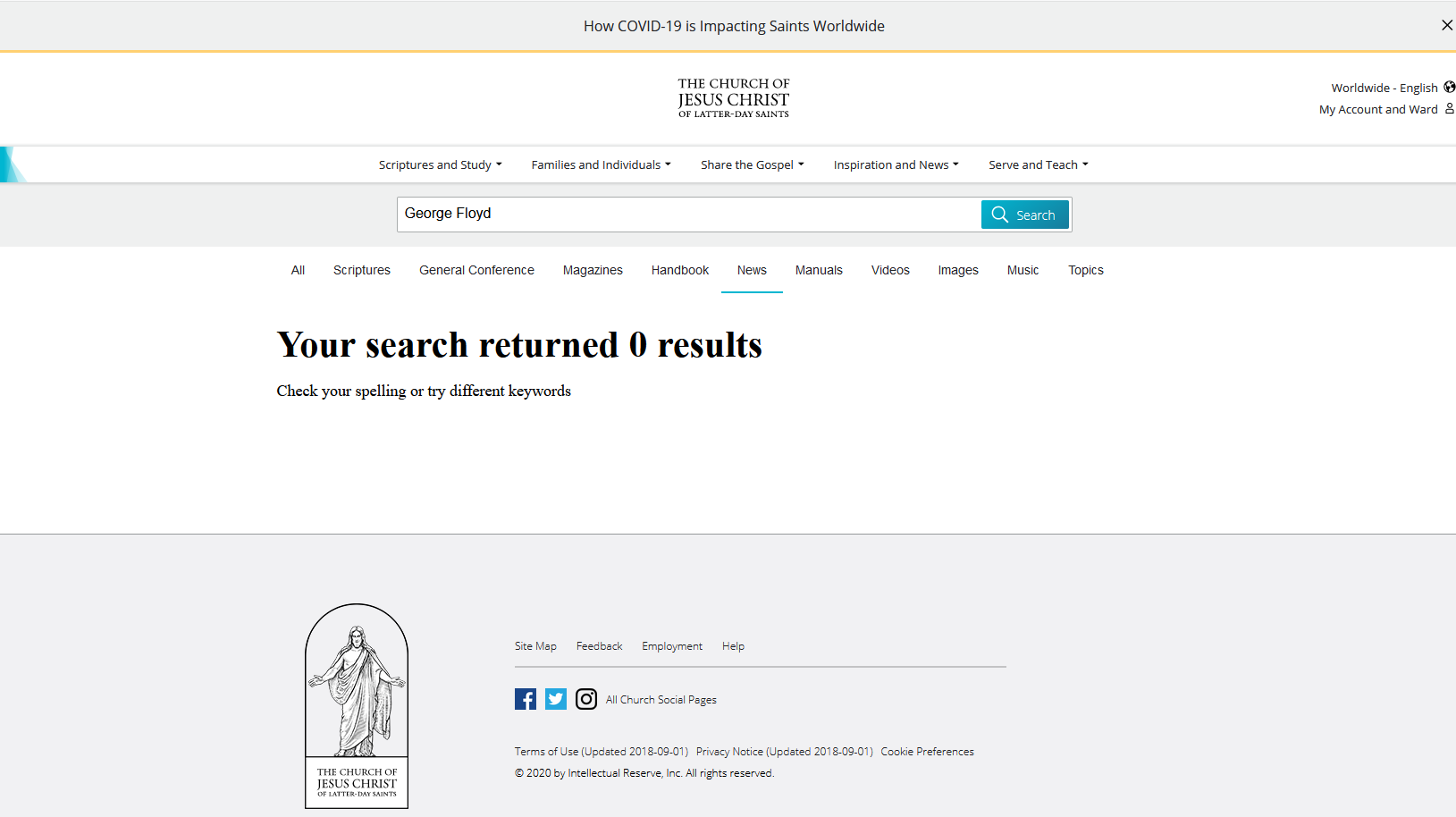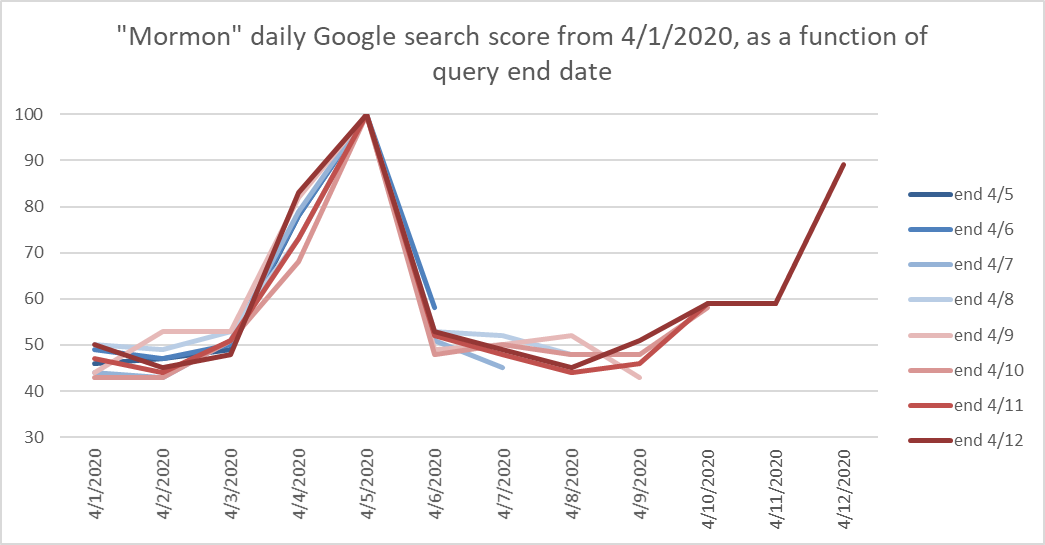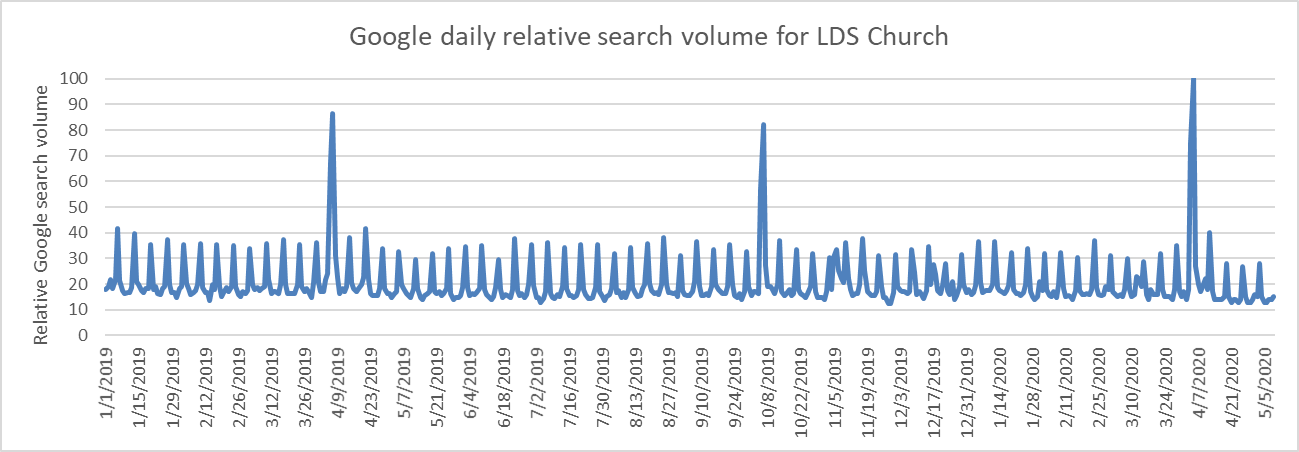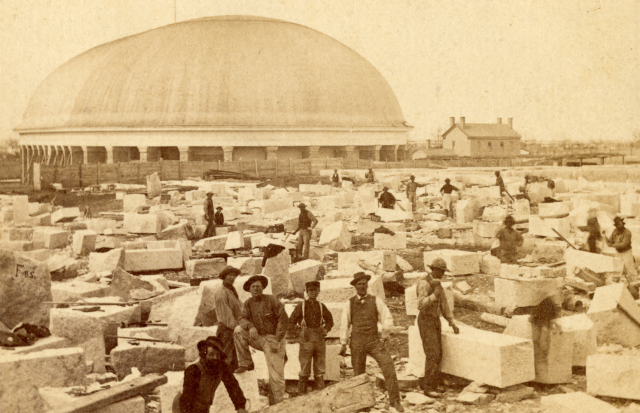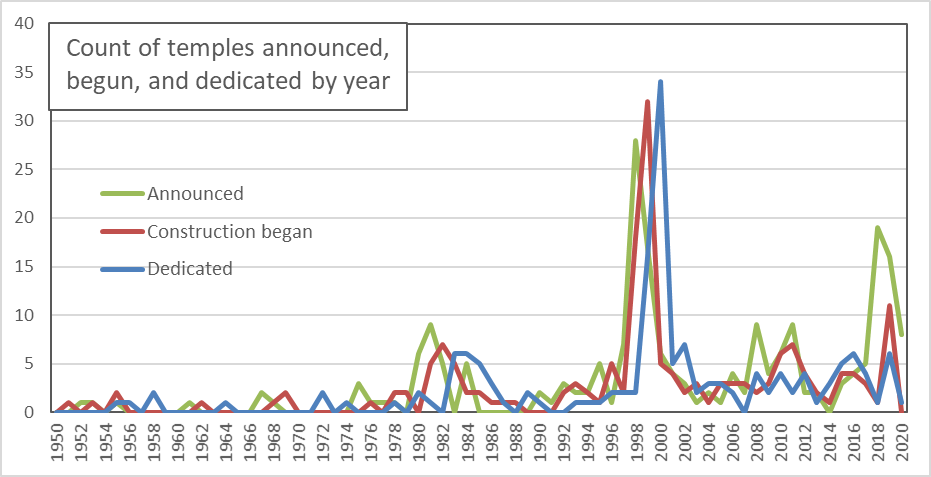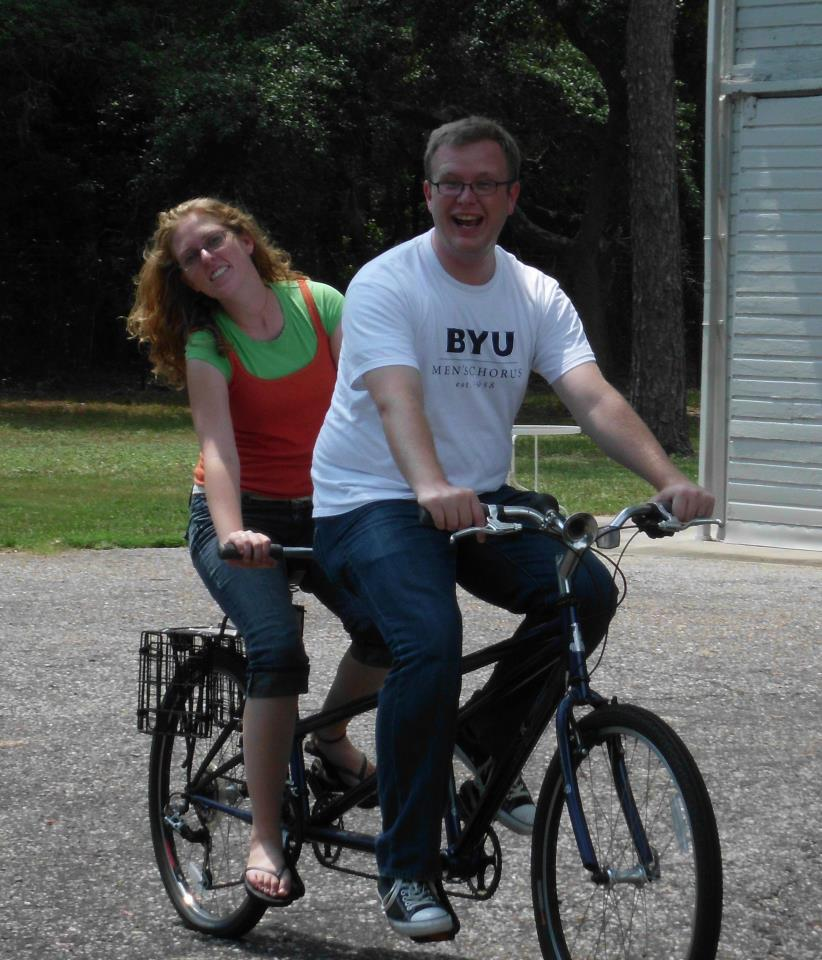A bunch of people in Utah Valley, likely mostly Mormons, recently made clear how much they hate the idea of having their kids wear masks when they go back to school in the fall. And they have a good case. Here are 19 reasons why true Latter-day Saints would never wear a mask.

- Mask is a four-letter word, like holy and moly.
- If God wanted us to wear masks, we would be born wearing them.
- President Nelson has communicated divine censure for use of the word Mormon, and other m-words are clearly also unholy (e.g., mutual, Missouri, masturbation).
- Mask wearing is an attempt to frustrate God’s divine Plan of Pestilence (which took the baton from the Plan of Happiness just this year). All attempts to frustrate this plan, including but not limited to mask wearing, hand washing, social distancing, and vaccine development, are obviously wicked.
- Masks interfere with sacred communication. As we learn in the temple, holy language would be muffled if spoken through a layer of cloth.
- If mask wearing is so important, why does the inspired American Constitution contain the 3/5 compromise, where the vote of a mask-wearer counts for 3/5 as much as the vote of a bare-faced patriot?
- Mask is only one letter different from mark, and a careful re-translation of the Book of Revelation indicates that it was the mask of the beast that the wicked would don in the last days rather than the mark of the beast.
- Wearing a mask shows concern for one’s community, which is clearly an unholy perversion of God’s plan of looking out for number one. As the Book of Mormon teaches, “every man fare[s] in this life according to the management of the creature; therefore every man prosper[s] according to his genius, and . . . every man conquer[s] according to his strength.”
- In football, which is an obviously righteous sport because it provides so much revenue for the Lord’s University, mask-related infractions come with among the most severe penalties.
- Church Halloween activities ban masks, and just as the divine admonition to greet one another with “Merry Christmas” and not “Happy Holidays” extends beyond the Christmas season, so also does the requirement to not don masks extend beyond the Halloween season and throughout the whole year.
- The BYUs ban beards, which are clearly nothing more than an attempt to grow a natural mask. The natural mask is an enemy to God, and so also is the artificial mask.
- The righteous society that arose after Jesus’s visit to the New World, as described in 4 Nephi, “had all things in common among them.” Early Christians in the Old World did the same. The “all things” clearly included viruses, so wearers of masks are wickedly withholding and refusing to share their infections with their fellow saints.
- A member of the Quorum of the Twelve has titled a talk “Don’t Wear Masks.” It doesn’t get any clearer than that.
- Church leaders would never teach that clothing be chosen with an eye toward protecting those around you.
- Wearing masks is trusting in the arm of flesh. Just as faithful Latter-day Saints reject all man-made medicine as the arm of flesh, should we not also likewise reject masks?
- Jesus taught that believers would be protected from poison and snakes, not by masks, but by faith alone.
- COVID-19 is a fake disease made up to embarrass God’s chosen vessel, Donald J. Trump. Does not COVID stand for Conspiracy Organized to Vigorously Impeach Donald?
- Wearing a mask is nothing more than a trial run for a gigantic face tattoo.
- Since when has an extra layer of clothing ever provided a shield or a protection to anyone?
